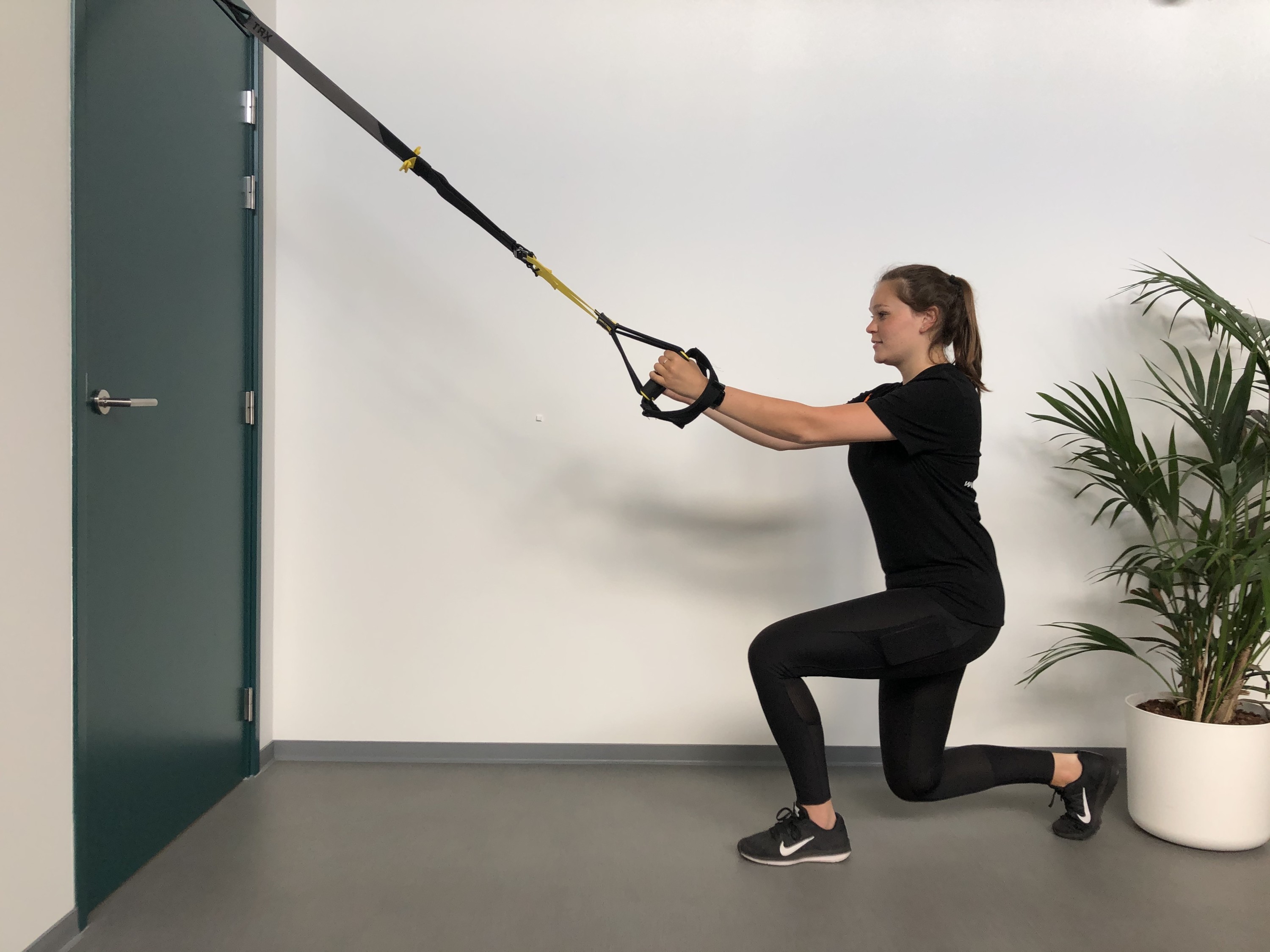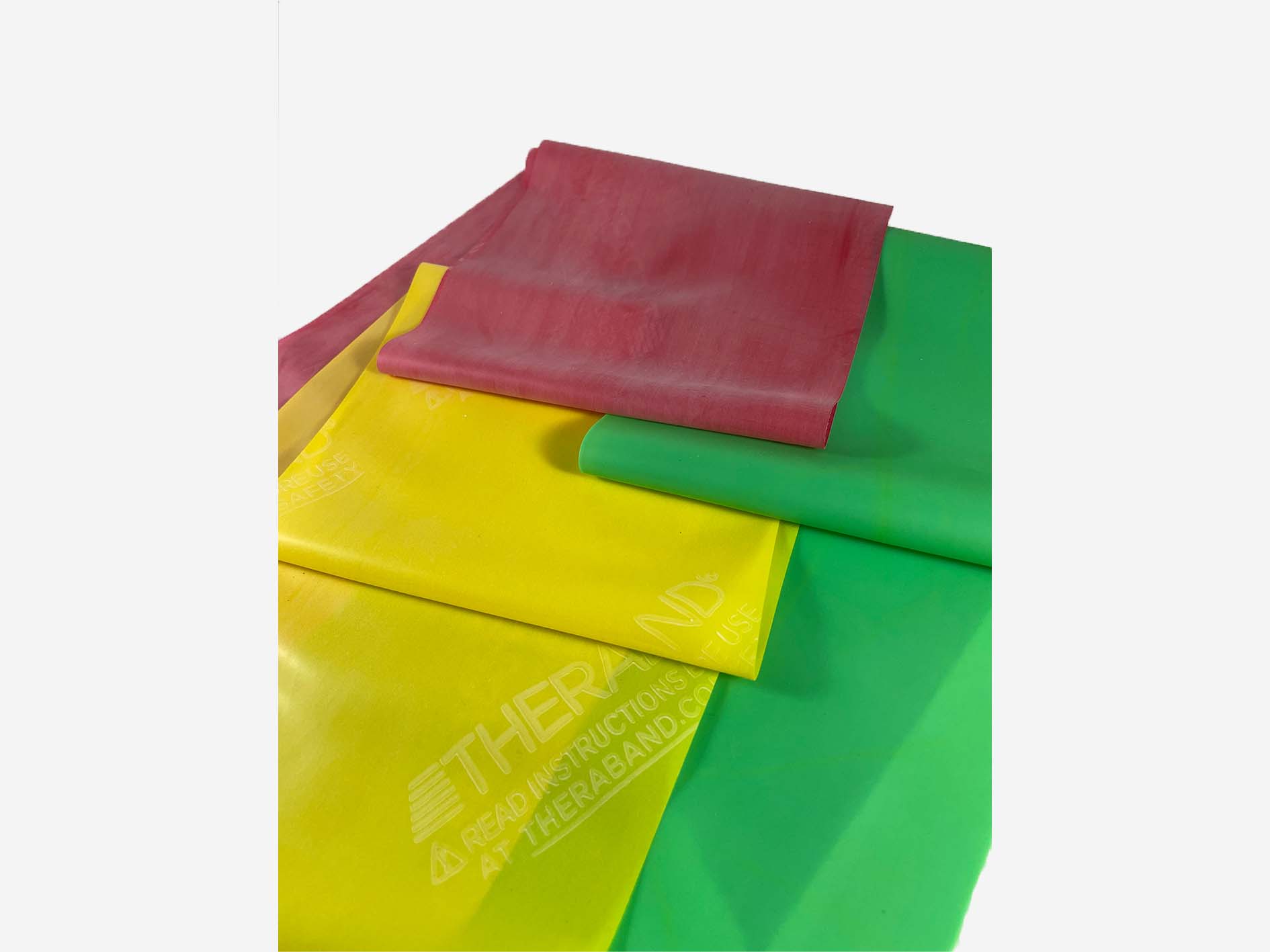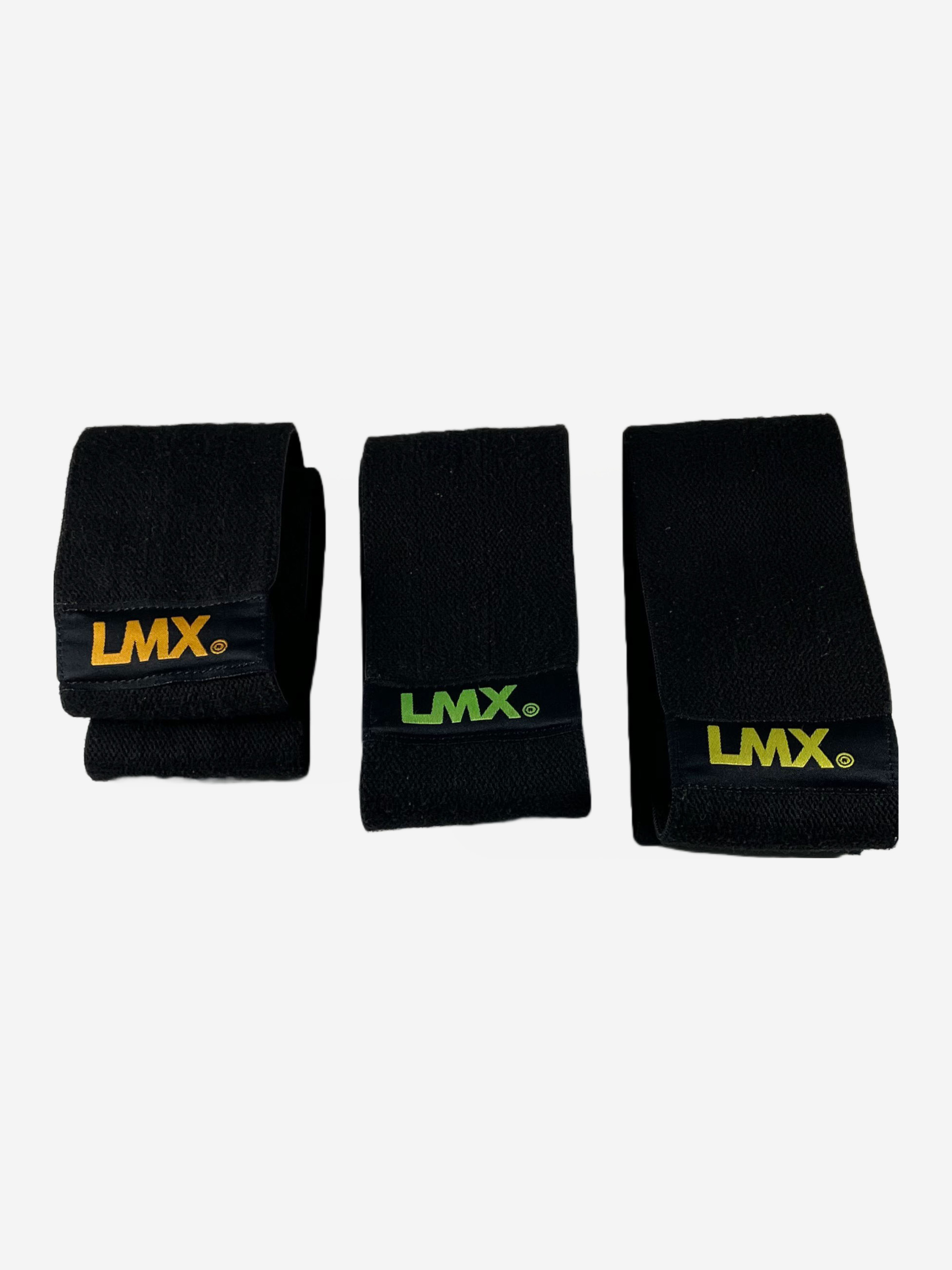
Posterior cruciate ligament injurie (PCL)
There are four important ligaments in the knee. The posterior cruciate ligament (PCL) is an important ligament. It prevents the tibia from moving too far backward (posterior translation). It also limits hyperextension of the knee. PCL injuries are not very common. However, it is very important to do exercises to reduce the symptoms.
1. Palov press in stand
Zet uw benen op schouderbreedte. Pak het elastiek en stoot met beide armen naar voren uit. U zult voelen dat u uw buikspieren moet aanspannen door de weerstand van het elastiek. Let erop dat uw bekken gekanteld zijn (navel intrekken).
2. Palov Press in stand lunge (Core)
Ga in een uitvalspas staan (of lunge). Pak het elastiek vast (ongeveer borsthoogte) en stoot deze voor u uit. Haal rustig terug naar uw borst en stoot vervolgens weer uit.
3. Palov press rotatie in stand lunge (Core)
Ga in een uitvalspas staan (of lunge). Pak het elastiek vast en maak een rotatie naar links of naar rechts. Probeer zo goed mogelijk weerstand te houden op het elastiek. Hiermee wordt bedoelt dat u niet helemaal terug draait met het elastiek zoals op de video.
4. Deadbug palov press
Deadbug palov press, kom op je rug liggen met de benen van de grond, waarbij je knieen gebogen zijn. Strek vervolgens één been uit tot net boven de grond. Hou met je handen een elastiek vast, wat aan één kant vastgemaakt zit rondom een paal. Strek vervolgens je handen boven je borst uit en weer terug.
5. Running man
Running man, ga op het aangedane been staan waarbij je het andere been heft. Strek vervolgens achterwaarts het been uit en wissel van arminzet. Herhaal deze beweging.
6. Step up and down achterwaarts
Step up and down achterwaarts, stap op een hoge verhoging en stap er achterwaarts weer vanaf. Let op dat je gecontroleerd naar beneden gaat en je niet laat vallen.
7. Step up naar goodmorning
step up naar goodmorning, ga op het aangedane been staan waarbij je het andere been heft. Strek vervolgens achterwaarts het been uit en wissel van arminzet. Herhaal deze beweging
8. Stiff leg deadlift
Stiff leg deadlift, ga op heup breedte staan met een stang of stok in beide handen. Houdt de knieën zo goed als gestrekt, buig langzaam voorover met een rechte rug.1
9. Lunge achterwaarts
Lunge achterwaarts, zet de handen in de zij, plaats één been achteruit, ga vervolgens met het achterste been naar de grond. Kom weer omhoog en herhaal deze beweging.
10. TRX Lunge achterwaarts met kniehef
Ga op heupbreedte staan, pak de trx vast, zet vervolgens een grote stap achterwaarts en breng de knie van het achterste been naar de grond, kom vervolgens omhoog en trek de knie op tot 90 graden.
11. Nordic hamstring dynamisch
Ga in zijlig liggen steunend op je onderarm. Zet het bovenste been met de voet op de grond en houd je onderste been gebogen van de grond. Zak met je heup naar de grond en trek vervolgens je heup weer omhoog. Herhaal deze beweging.
What is a posterior cruciate ligament injury (PCL)?
There are four important ligaments in the knee. The posterior cruciate ligament (PCL) is an important ligament. It prevents the tibia from moving too far backward (posterior translation). It also limits hyperextension of the knee. PCL injuries are not very common.
The causes of posterior cruciate ligament injury
The most common cause of posterior cruciate ligament (PCL) injury is known as the ‘dashboard trauma’. This happens when in a car accident the dashboard pushes the lower leg back under the upper leg. Over-extension of the knee can also cause injury. When the PCL tears a snap can sometimes be heard or felt.
The symptoms of posterior cruciate ligament injury
If there is a complete tear the posterior cruciate ligament is torn right through. A snap can be heard or felt when this happens. This tends to be very painful and swelling or bruising is common. After a few days the pain starts to subside and instability is the main symptom. A feeling that the knee will collapse (giving way) is typical. The knee can feel locked in some cases.
The treatment of posterior cruciate ligament injury
Depending on the extent of injury you can start rehabilitation with your physiotherapist or surgical intervention is needed. When physiotherapy is started it is important that it is aimed at mobilizing the knee joint and strengthening the supporting musculature with exercises. The goal is to improve the stability of the knee. Rehabilitation can take between 3 and 12 months.
Synonyms:
PCL injury, torn PCL, knee injury, dashboard injury, knee instability, knee pain
Advice
If you have any questions regarding the exercises, doubt if you are doing them correctly or aren’t sure they are suited for your condition, please contact your physiotherapist for support.
Attention:
Yourbody.coach offers a range of exercises. Yourbody.coach can not be held responsible if you develop injuries. Always consult your physiotherapist or specialist.

